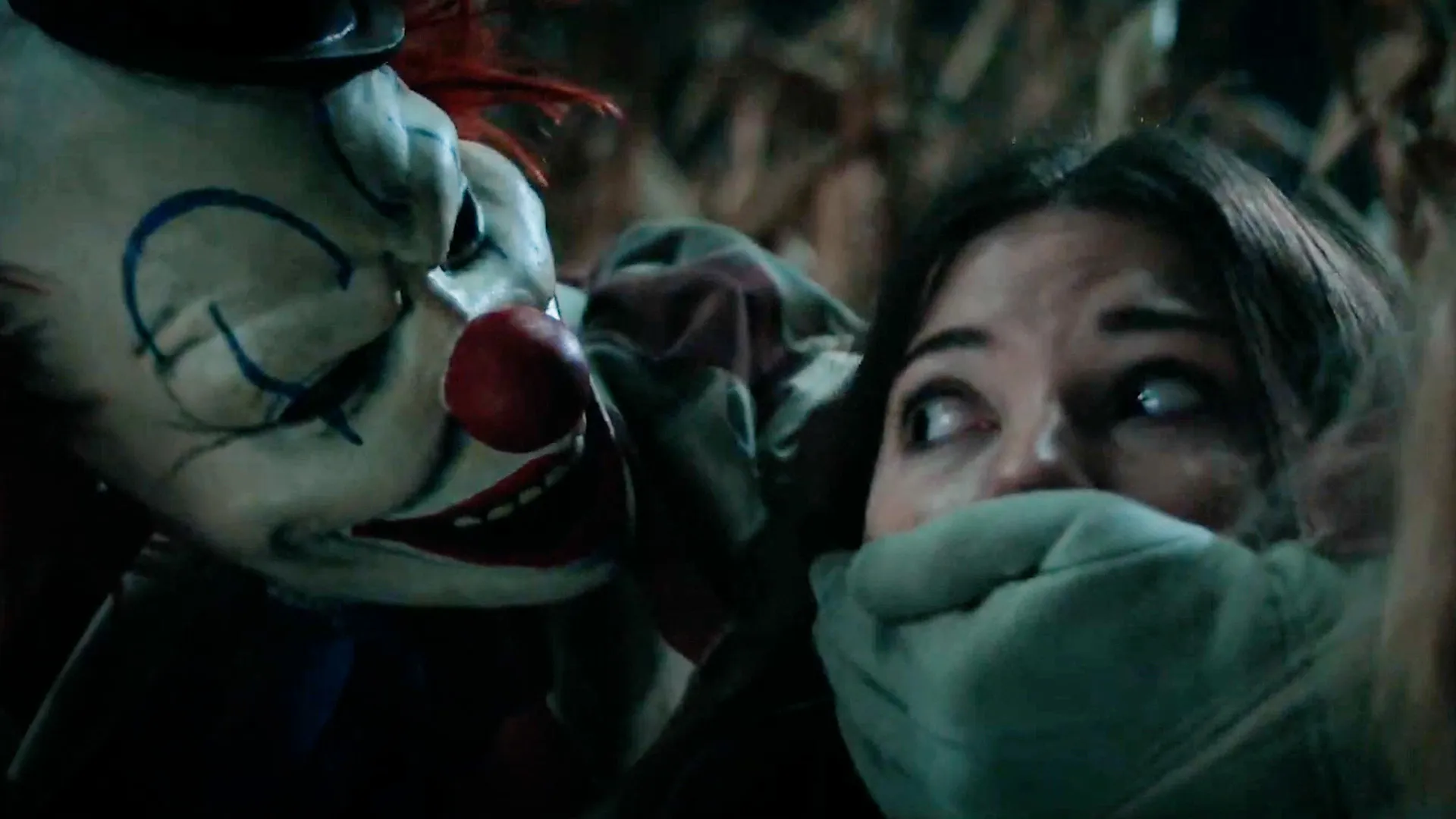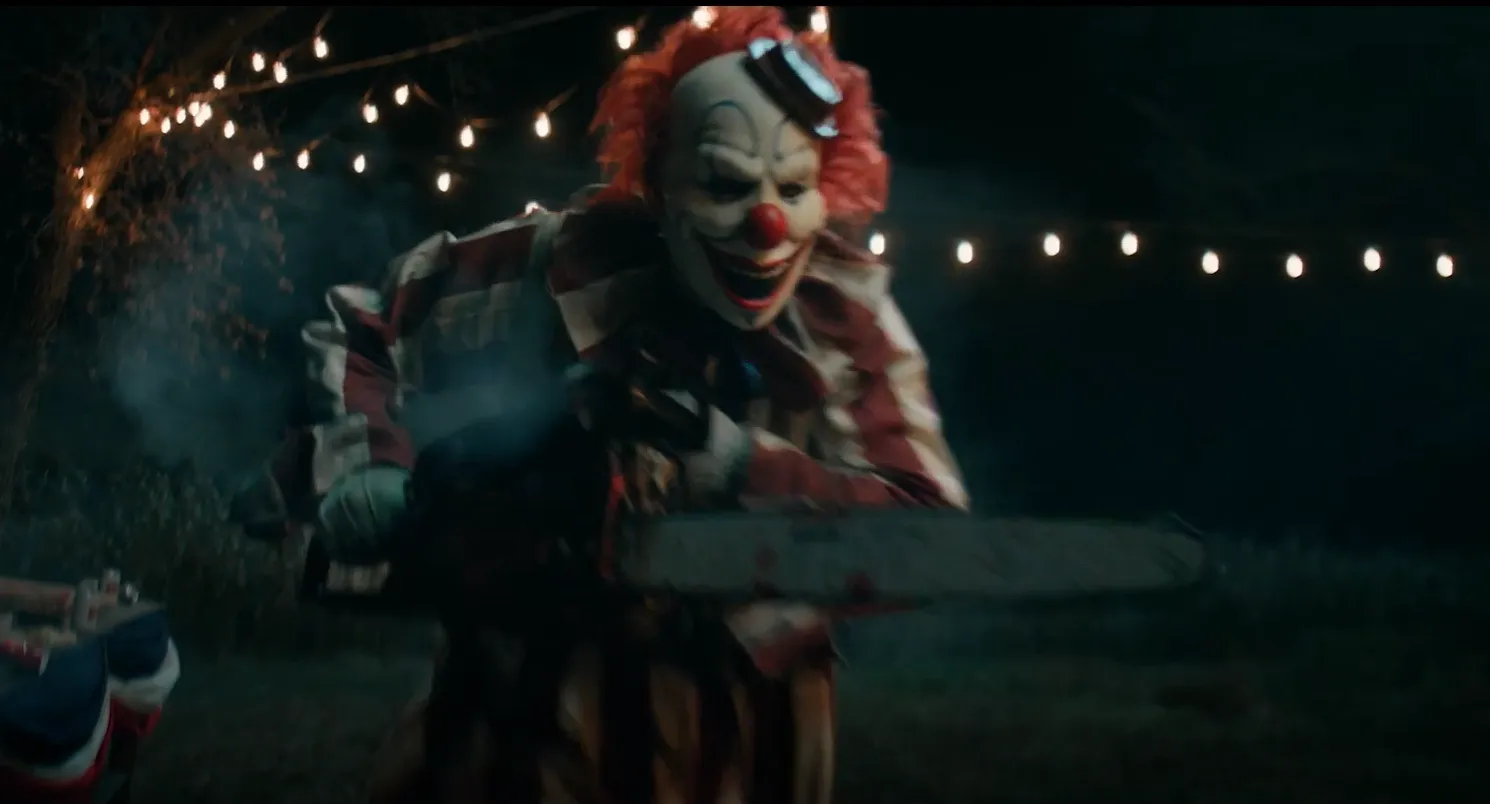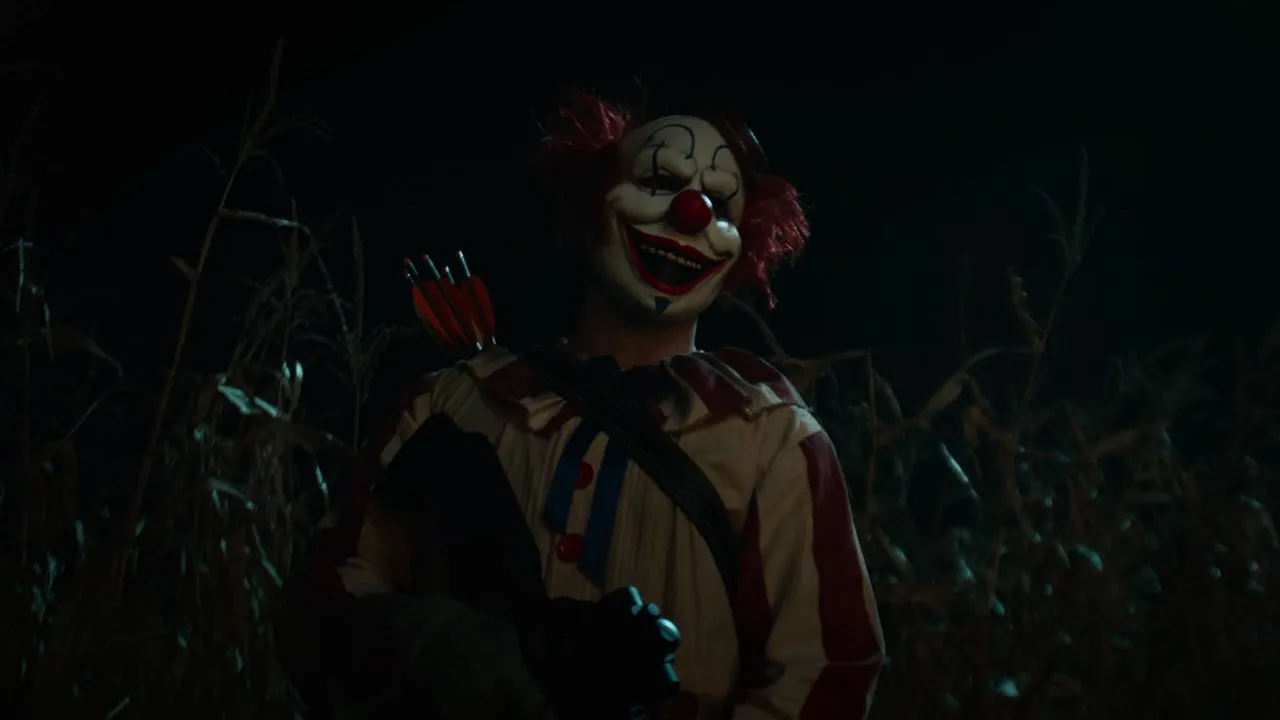The film emerges as a revitalized approach to the slasher genre, merging macabre thrills with a wry sense of humor. Rooted in a young adult horror novel, its narrative carries a literary pedigree that informs the film’s visual and tonal choices. The director, recognized for his previous ventures in horror, refashions familiar motifs with a twist of satirical commentary, instilling a sense of both dread and playful irony.
Set in the secluded town of Kettle Springs, the movie paints a picture of a community suspended in time—a relic of a bygone era reminiscent of the ’90s. The town’s faded glory, marked by economic decline and lingering local customs, creates a backdrop that feels both eerie and nostalgic. This setting proves to be fertile ground for unsettling happenings as long-standing traditions mingle with modern disquiet.
The narrative opens a dialogue between the grotesque and the humorous, inviting viewers to experience unsettling thrills alongside moments of sharp wit. The carefully constructed atmosphere ensures that each scene oscillates between chilling suspense and satirical amusement, setting clear expectations for an experience that challenges established genre norms while engaging the audience with its distinct character.
Twists and Turns of the Narrative
Quinn’s arrival in Kettle Springs, accompanied by her father, sets a stark stage against a town marked by forgotten industry and unspoken secrets. The narrative opens with a glimpse into a community marred by a devastating blaze at the Baypen Corn Syrup Factory—a disaster that haunts local memory and hints at a history filled with neglect and decay.
As the film unfolds, Quinn’s integration with a local circle of youths reveals layers of mischief and disquiet, hinting at forces that lie beneath the surface of everyday interactions.
The film introduces a figure both familiar and disconcerting: Frendo the Clown. Initially, his role appears to be that of a benign symbol of local festivity. However, his presence gradually shifts into a more ominous tone. Early sequences capture fleeting moments where his benign mask slips, revealing a capacity for calculated menace. Such instances serve as a warning of the chaos that soon erupts.
The pace is relentless in its drive toward chaos, interlacing brisk sequences of terror with quieter moments that invite reflection on the nature of community and the undercurrents of tradition.
Flashbacks and interludes provide snippets of a troubled past and a deeper understanding of the town’s collective psyche. The juxtaposition of seemingly innocuous local customs with the rising threat amplifies the tension, creating a narrative where every turn holds the potential for surprise.
In this cinematic tapestry, the story weaves a path from the ordinary to the extraordinary, as hidden facets of a once-idyllic town come to light. Each narrative beat tightens the grip of suspense, drawing the viewer deeper into a world where the mundane hides a sinister secret.
Faces of Kettle Springs
Quinn emerges as a compelling figure whose troubled past, marked by the loss of her mother, casts long shadows over her new existence in this isolated town.
Her struggle to adjust mirrors the decay that permeates the community—a silent testament to a world where old wounds and fading hopes reside. Throughout the film, her gradual transformation reflects an inner strength that challenges the stagnation of a place haunted by both memory and menace.
A group of local teenagers, each defined by distinct quirks and rebellious flair, intensifies the narrative’s pulse. Their interactions expose the town’s layered social fabric, where youthful defiance collides with long-held traditions. The bond shared between Quinn and her father resonates through moments of quiet understanding and unspoken generational contrast, a dialogue conveyed through actions rather than words.
Frendo the Clown, though clad in a façade of levity, stands as an emblem of concealed malevolence. His portrayal defies simple categorization; he oscillates between an inviting mascot and a sinister predator whose presence unsettles with calculated precision. Certain scenes capture this duality with stark clarity, marking him as a figure whose unsettling charm challenges established horror conventions.
The ensemble cast, through their dynamic interplay, sketches a vivid portrait of a town steeped in unresolved history and conflicting identities. The characters, each fulfilling roles steeped in both tradition and subversion, generate a tension that animates every scene, inviting a reexamination of familiar archetypes within the slasher genre.
Reinventing Familiar Horrors
The film pays homage to early entries in the slasher tradition, featuring a startling opening kill that echoes the raw energy of vintage genre pieces. Crisp, suspenseful chase sequences evoke the primal thrills of earlier horrors while reinterpreting familiar scenes with a modern cinematic vocabulary.
Moments of dark humor punctuate sequences saturated with terror—a fleeting encounter where the killer’s unnerving presence slips into absurdity, injecting levity without diluting the tension.
Traditional formulas are in constant interplay with unexpected subversions. Familiar setups are disrupted by unforeseen twists, challenging long-held assumptions about survival and the nature of evil. A well-crafted kill scene, for instance, is reconfigured with a surprising turn that unsettles audience expectations.
The narrative structure appears to echo and refract time-honored conventions, reworking them with a contemporary sensibility that both reverberates with nostalgic echoes and pulses with an unpredictable cadence.
Meticulously staged kill sequences drive the film’s pulse, each one rendered with a clarity that sharpens the overall sense of dread. The choreography of action and the seamless execution of special effects transform each moment of violence into a study of precision and raw impact.
The interlacing of chilling suspense with brief, wry bursts of humor generates a dynamic tension that enlivens the familiar tropes, inviting a reexamination of what is expected from modern slasher narratives.
Unmasking the Façade of Tradition
The film examines the rift between generations, portraying the strain between inherited customs and emerging ideals. The interactions among Quinn, her father, and the town’s long-time residents draw a stark picture of conflicting values.
Quinn’s struggle to adjust to the customs of a community steeped in age-old practices contrasts sharply with her father’s cautious optimism, while the elders cling to rituals that have lost their original meaning. This tension comes sharply into focus during exchanges set against the backdrop of local gatherings, where the worn-out symbols of the past stand in silent protest to modern discontent.
The decaying remnants of a once-thriving industrial past, symbolized by the scorched ruins of the Baypen Corn Syrup Factory, serve as a metaphor for societal decline. The town itself, with its faded celebrations and weathered landmarks, becomes a canvas on which the story of cultural inertia is painted. These visuals provoke reflection on how communities hold on to traditions long after their practical relevance has faded.
The film offers a wry critique of cultural conservatism by showcasing how anachronistic symbols, such as the clown mascot, are repurposed to mask deeper issues. This clever twist invites audiences to question the wisdom of clinging to outdated narratives.
Teen characters, isolated by their outsider status, illustrate the inherent dislocation felt in an environment resistant to change. Their interactions capture the sense of alienation experienced by youth in a society that values conformity over innovation.
Recurring imagery of cornfields and faded festivities reinforces the central commentary, transforming everyday scenes into symbols of both decay and persistent hope. The careful balance of grim reality and sharp wit challenges established notions of progress and tradition in a setting that remains stubbornly fixed in time.
The Craft of Atmosphere
The film’s visual execution employs a masterful interplay of light and shadow, evoking a sense of wistful decay and latent menace. The camera lingers on the weathered textures of Kettle Springs, using a muted color palette that recalls bygone eras while hinting at the encroaching darkness.
Cornfields stretch toward a bleak horizon, their rustling stalks and barren expanse contributing to an environment that is as evocative as it is disquieting.
Sound design plays an essential role in this orchestration of suspense and levity. The score punctuates moments of heightened dread with unexpected notes of levity, its rhythmic pulses amplifying the tension in scenes of near silence. Eerie ambient sounds merge with sudden bursts of sonic intensity during key jump scares, each auditory detail meticulously crafted to support the film’s dual embrace of horror and wry humor.
The director’s handling of tone is both deliberate and inventive, managing a rhythm that balances visceral terror with moments of unexpected satire. The pacing is meticulously calibrated, with sequences that briskly escalate to shocks interspersed with quieter interludes, allowing the narrative to breathe while preserving a relentless drive forward.
Production design reinforces the film’s authenticity; every prop and set piece in this small-town tableau is chosen to evoke a palpable sense of history and unease. Special effects enhance the shock value of several meticulously choreographed kill sequences, each designed with a precision that transforms on-screen violence into a spectacle of both artistry and discomfort.
Editing contributes a fluid cadence, ensuring that transitions between visceral horror, wry commentary, and reflective character moments feel seamless. The film’s technical composition, from visual styling to auditory cues and rhythmic editing, stands as a robust framework that supports the director’s artistic vision, marrying style with substance in a display of technical finesse.
The Review
Clown in a Cornfield
The film transforms classic slasher motifs with inventive flair and meticulous craftsmanship. It integrates atmospheric visuals, an evocative score, and a narrative that teeters between raw horror and sharp satire. This piece challenges expectations and invites reflection on tradition and modernity within genre cinema. A bold reinterpretation that leaves a lasting impression.
PROS
- Atmosphere and visuals create a haunting, immersive setting.
- Blends horror with clever dark humor.
- Refreshes slasher tropes with innovative subversions.
CONS
- Occasional uneven pacing may disrupt tension.
- Certain narrative elements lean on familiar genre formulas.




















































